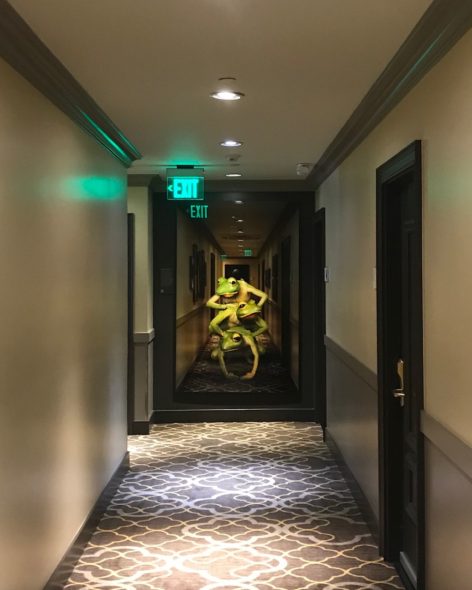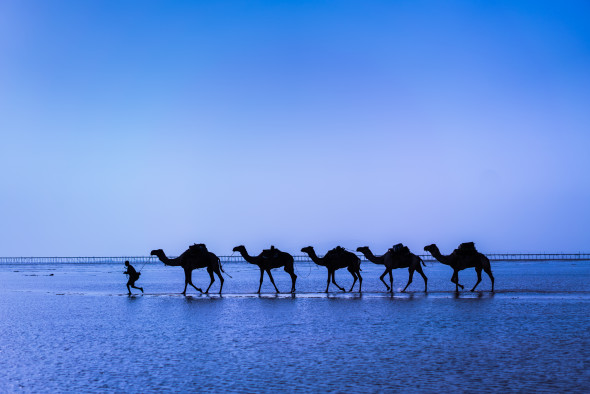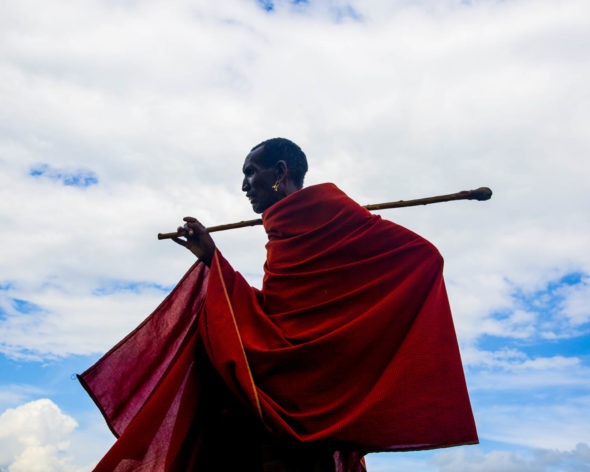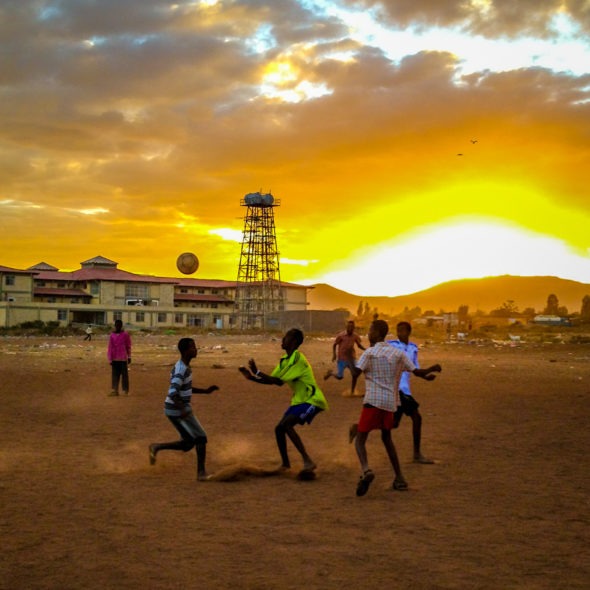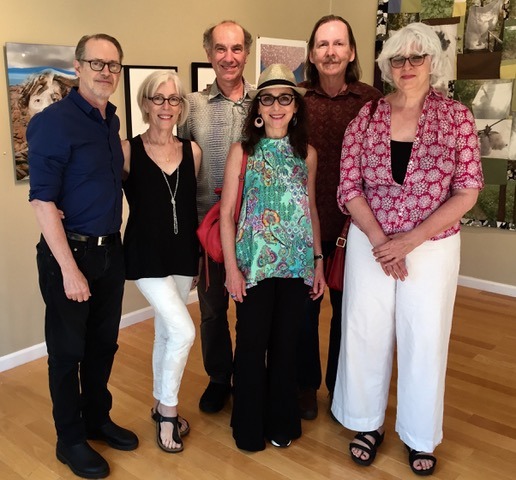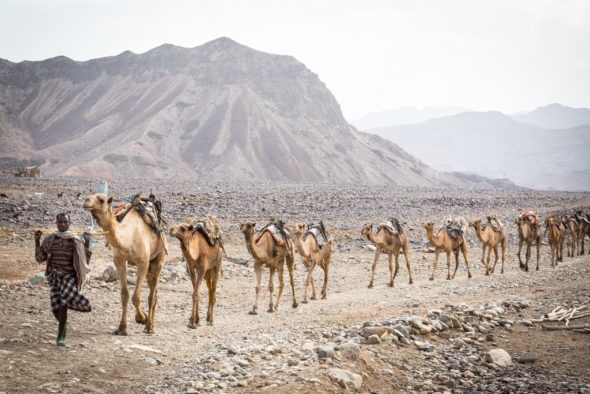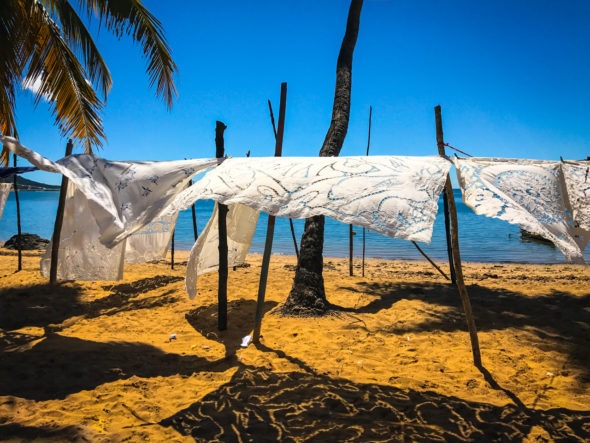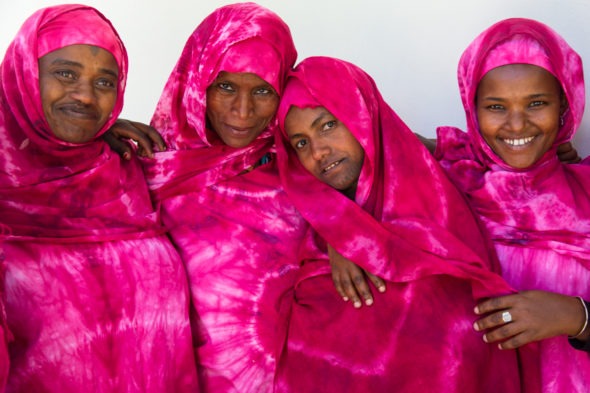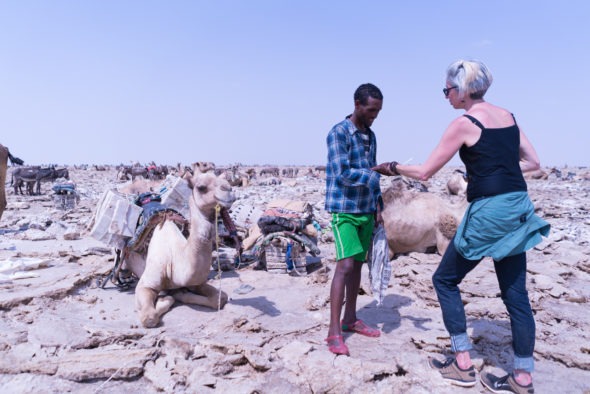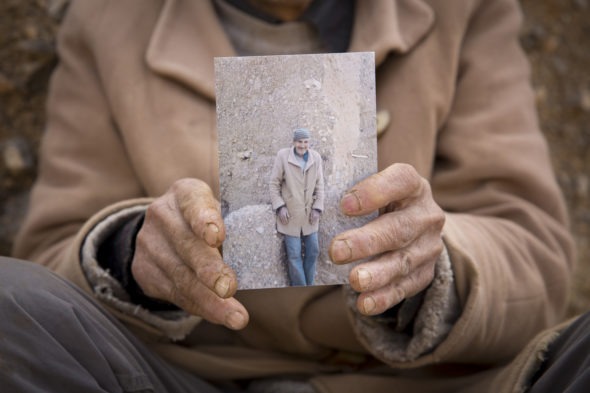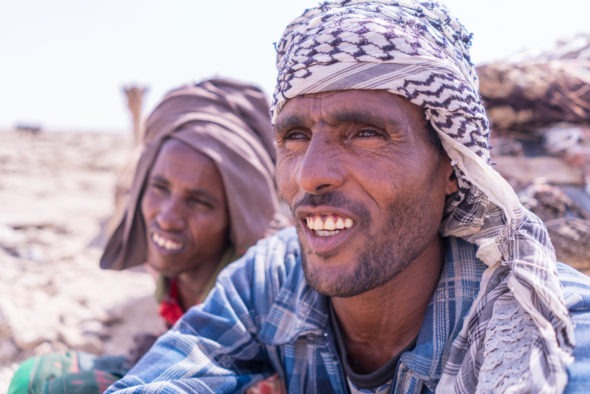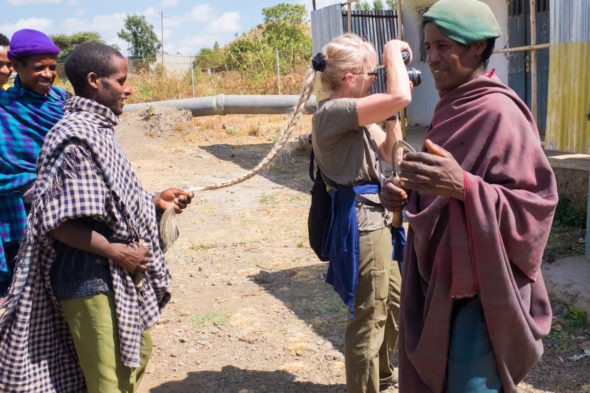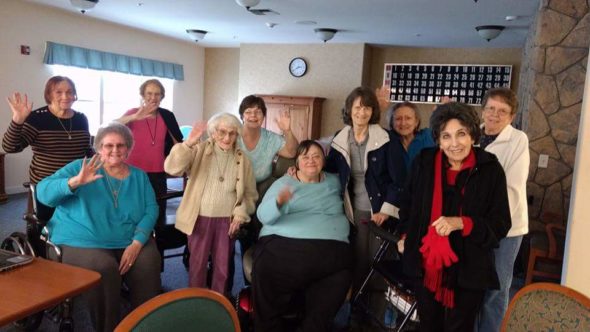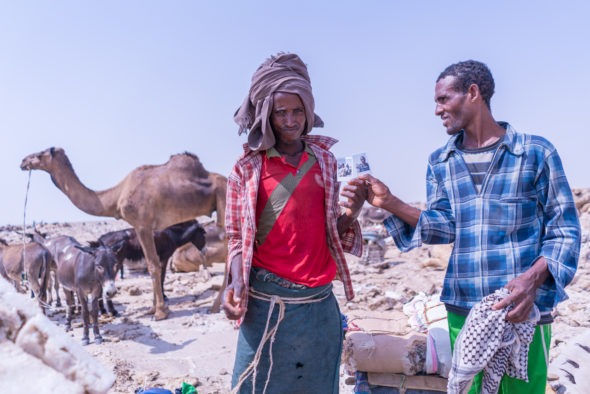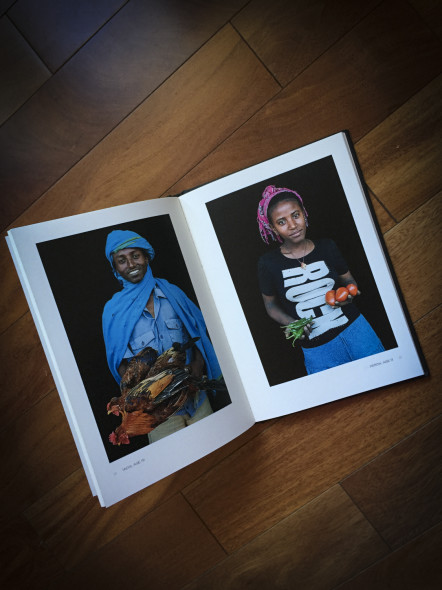Here are the three photographs I created, each giving me some of the most challenging technical considerations I have ever faced. And I loved every minute of making these! These snapshots don’t do justice as opposed to seeing them in person.
Category Archives: Prints
No Words
He counts 76 years that he has lived on this earth, 45 of them at his ranch near my cabin. Prior to arriving here as a young man, he taught film-making classes in Boston. We chatted about many things, with all threads trailing back toward observations of the world around us and creating art from it.
For some reason, when has asked to see some of my photos, he was shaken by this portrait which has been buried in my image folder from an assignment in Tanzania. He asked me to enlarge it on my screen over and over again. He demanded that I look at it, close the file, and look at it again.
I understand what he is saying to me, without the use of any nomenclature. With the last display, he excused himself and went into a side room and kept murmuring something I could not hear. And I didn’t need to.
12th Annual Julia Margaret Cameron Awards – First Place + Honorable Mention
The Salt Workers image will be exhibited in Barcelona April 11-27, 2019.
The Salt Workers image was created while on assignment with Dignity Period and Oregon Health & Sciences University and is part of an on-going series of images depicting the salt workers in the Afar region of Ethiopia.
Maasai Warrior was created while on assignment with Maternity Africa and is part of a series of images created with the Maasai tribe near Arusha, Tanzania. This particular warrior was addressing his tribe regarding the dangers of obstructed labor for pregnant women.
Kaaterskill Fine Arts Gallery: Constellations
This show was curated by Robert Tomlinson and will run until September 9, 2018.
An exciting aspect of this show was that one of my long-time crushes, Steve Buscemi, attended the opening!
The Salt Workers
This book will include portraits of Ethiopian salt workers and editorial images of their process of extracting salt from the hottest place on earth in the Danakil Depression, located in the Afar region of Ethiopia. Many stories have been written about this area recently including this article from the New York Times.
This book will be the second in a series depicting workers around the world. The first book focusing on market workers from Bahir Dar, Ethiopia was published in 2014.
Content for the book was obtained during several visits to the Afar region beginning in 2013. Most recently in February of 2018, a small team traveled to the area to set up a portable studio as part of a Prints For Prints project, donating photographic prints to each worker they interviewed. In addition to giving a cherished photograph to the nomadic workers, sunglasses were distributed which were donated from nursing home members in Coos Bay.
Events are planned to celebrate this nomadic culture, a tribe of people who shun modern tools and mechanization in favor of being led on foot by the sun and moon and shape their salt blocks by hand using ancient salt picks.
Current events are:
April 13-14, 2018, Where We Began: Night-time image video and sound projection on buildings in Astoria, Oregon as part of the IlluminART festival
August + September, 2018, The Salt Workers of Afar, print exhibit at Pushdot Studio in Portland, Oregon, reception August 2, 7-9PM
Contact us if you have questions or ideas about the project. We would love to hear from you!
New York Center For Photographic Arts: First Prize for “ONE”
The print will be shown at Jadite Galleries in Hell’s Kitchen with an opening reception on April 5, 2018.
Cascadia 2018: The Homesteader
What is even more exciting to me is that two other artists (Kristin Renzema and Nancy Smithman) who made images in this area during one of our workshops also were selected to exhibit their images.
Submission statement:
The goal of the exhibit is to interpret the authentic Oregon experience, and to challenge artists to look at the urban/rural divide through their lenses and show us stories about our similarities, rather than our differences. We chose the word “Cascadia” as a reference to the Cascadia Subduction Zone (or fault), which stretches the entire length of the Oregon Coast, as well as further north and south. It is this fault line that is the source of much of the volcanic activity that created the Oregon Landscape and the Cascades, which have traditionally been the dividing line of our state. In fact, it is a very long, sloping subduction zone that separates the Explorer, Juan de Fuca and Gorda Plates from the North American Plate — the Cascadia subduction zone is where the two plates meet, and it is at “Cascadia” where Oregon meets.
Patterns + Shadows: First Prize!
The print will be shown at Jadite Galleries in Hell’s Kitchen with an opening reception on April 5, 2018.
Darkroom Gallery: Multiples Exhibit
These women each had been treated for fistula and were living in Hamlin’s rehabilitation center, Desta Mender, where they learned new skills such as reading, writing and math after their surgeries were completed.
Many women are ostracized by their villages when they develop a fistula, and often they must find new ways of supporting themselves. Undaunted by their struggles, they form a bond while residing at the hospital and help each other heal emotionally. New confidence is found, and together they help each other find new paths to walk, unbridled by the injury they suffered.
Fistulas can develop many ways, but most often it occurs due to obstructed labor. Dr. Catherine Hamlin saw the great need for prevention efforts and developed a midwifery college where young village girls are trained in midwifery and other maternal health care actions in Addis Ababa after which they return to their villages to provide much needed care in their remote home areas.
It has been an honor to stand in front of these brave women, the fistula survivors and the new midwives, and realize how devoted they are to their own healing and to the healing of others.
Prints For Prints: Afar, Ethiopia
For us, it was an epiphany to stumble upon this unbelievable and yet relatively undiscovered corner of the world. Everything was unexpected: the place, it’s unique geology and landscape, the people and their unique way of life. One highlight was our encounter with a mile-long camel caravan led by salt miners on their way to harvest salt from the vast salt pan we found ourselves driving across. I imagined these men traversing the same well-worn paths traveled historically for countless centuries dating back to the pharaohs.
While visiting this area, and as an excuse for making a personal connection, we stopped to take a few instant print photos of the men as they passed by, gifting them the print in exchange for a moment of interaction. Their excitement and appreciation reinforced enthusiasm for one of my personal projects, Prints For Prints.
In 2013, I founded Prints For Prints, a volunteer organization which brings photographers and equipment to remote corners of the world to set up portable photo studios. A family photograph is a precious thing to many of us, and especially so to people who live in remote areas. Often in areas so far away, many do not have a record of their children, their elders or even themselves. We feel strongly that a photographic print is a wonderful way for loved ones to remember each other, whether they have passed from this life or are thousands of miles away carrying salt to Somalia. Our purpose is to create a physical keepsake that documents and preserves a moment in time to be shared, remembered and passed to future generations.
As we’ve learned time and again in our journeys, contained within the portrait process is an opportunity to make a personal connection. In the course of capturing a picture, we shared an intimate moment exchanging glimpses into each other’s hearts and inner psyches. Warmth, humor, vulnerability, and sorrow all expressed in an instant.
This aspect was reinforced again during our brief time in the Danakil. It was a bit intimidating when we approached the salt miners in their caravan; they seemed rather intense and brooding. Even after overcoming the language barrier and agreeing to have their pictures taken, they still each gave a purposeful grimace when they stood for their portraits. It only struck us after a few moments that it was partly swagger as we watched each person being cajoled by his traveling mate as they each shared their small mementos with each other. This gesture opened the gates of wishes, and we were asked by many others to make more prints.
In every venture of Prints For Prints, we consistently find ourselves drawing a crowd. Many times we find ourselves surrounded by burgeoning local photographers seeking to advance their skills. We make the most of these opportunities by making space in our process providing educational mentoring, either one-on-one with individuals or through partnerships with local schools, and we include students in our field photographs. We hope this opportunity to pass on our photographic expertise to a local community will sow the seeds for a developing photographic industry, as the passion for the craft is very apparent.
While experiencing this remote region and its natural beauty and seeing the salt miners’ joy upon receiving their instant print, we realized that there is a larger potential for storytelling here. Up until now, Prints For Prints’ primary focus has been connecting photographers to their subjects and leaving behind high-quality prints and the intellectual tools and inspiration for a continued photographic industry.
But there is more substantial potential as a vehicle for authentic exploration and storytelling of the area and bringing these stories to a larger audience. In a world struggling with a rise in polarization and nationalism, there is a need for a greater inclusiveness that celebrates our diversity and perhaps redefines our preconceptions of “others.” Making an intimate human connection in the same way a photographer connects to their subject in the process of making a portrait is a way to cross cultural divides.
We envision the Prints For Prints expedition as a vehicle for an authentic exploration of a locale by getting to know its people on a more intimate level while finding and documenting the anecdotes and rich stories that inform their life experiences along with those “1000 words” imbued in their portrait. Creating cohesive documentation in beautiful images, stories, and video can then be re-purposed in a variety of platforms: print, publications and social media to bring awareness, tourism, and commerce to the area.
Photographing each subject against a portable backdrop, we intend to create portraits as they hold artifacts they bring with them on their nomadic journey.
We are seeking support via project sponsorship or monetary coverage/discounts of expenses. In exchange, we will be promoting the experience and story, in traditional publications and social media platforms. The resulting photographic assets, videos and written stories will be available for sponsors to use for their marketing and promotions, as applicable.
Through our work with organizations such as Travel Oregon, we have repeatedly seen how this process results in success in reaching a targeted, diverse audience. Travel Oregon depends heavily on image based promotions to draw in tourism from around the state and region each year.
For further information about our experiences with Prints For Prints, please visit our website at www.printsforprints.com. We welcome any questions regarding our process, past experiences and budgets for upcoming project work.
Should funding or service donations be secured, our next proposed trip will be to return to the Danakil Depression in Ethiopia in February of 2018 to give those salt workers the photo prints they asked for, as well as some much desired sunglasses that have been collected by people living in a small assisted living home in Coos Bay, Oregon.
(Seaside Stichers, photo by Mary Luther, Activities Coordinator)
If you would like to donate in-kind goods, airline miles, accommodations, transportation, translation services or financial support, please contact us by sending us an email or donating directly on our Prints For Prints donation page.
We appreciate any level of support!
You can see more images from this location in the Afar region of Ethiopia in my stock image database here. This project will also extend my earlier Market Workers project, celebrating those behind the developing world culinary scenes who bring spice and other delectable tastes into our lives.
Thank you for considering any level of involvement and support!

